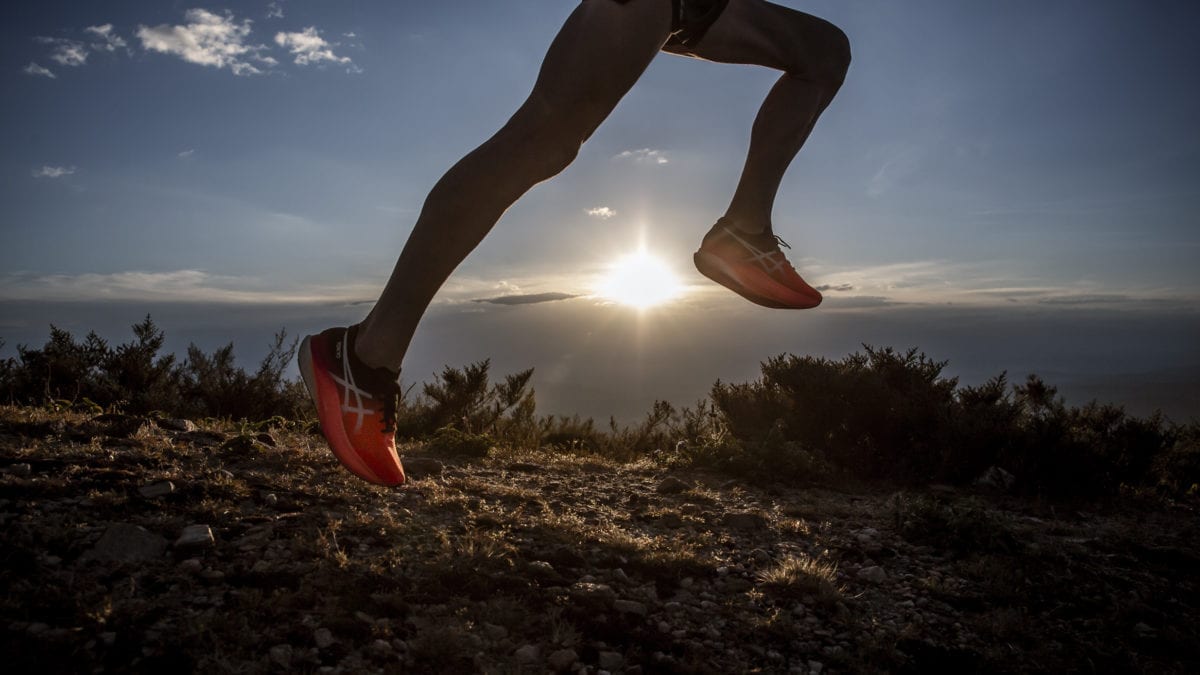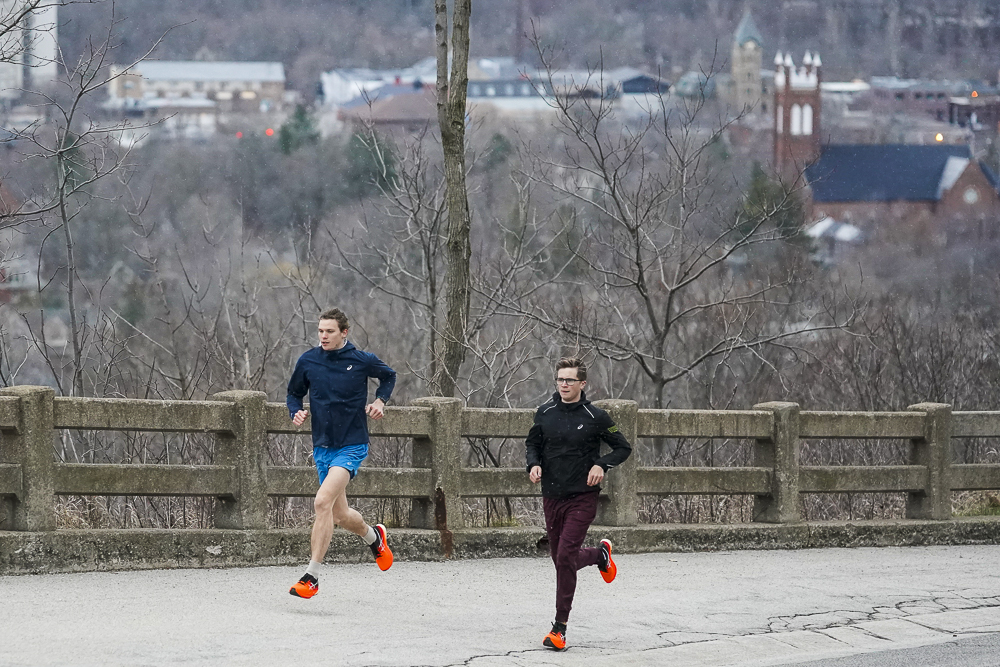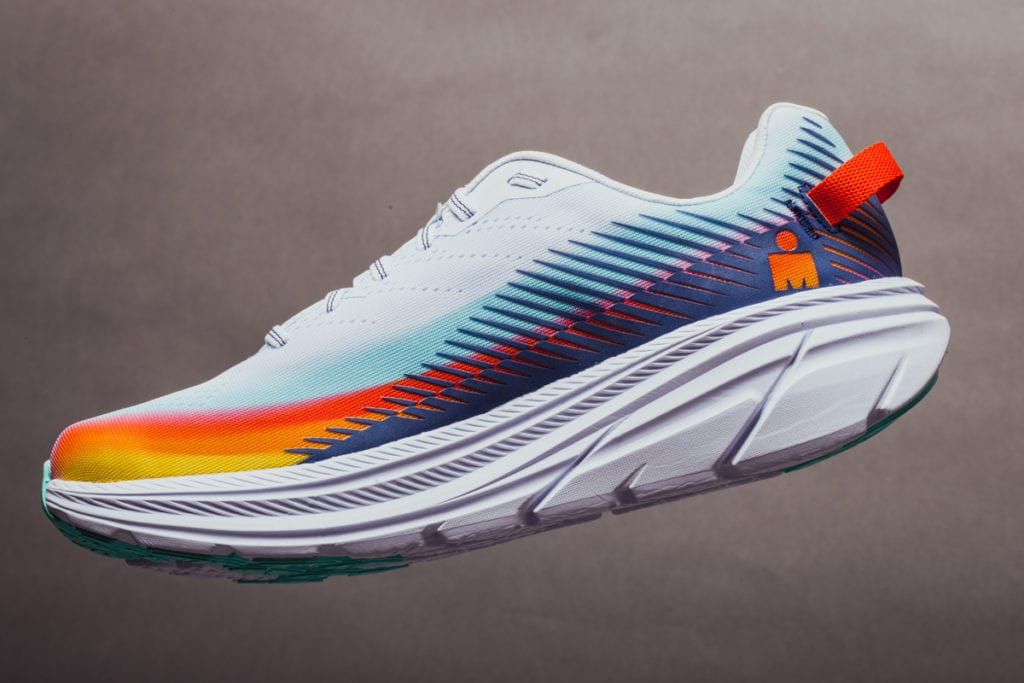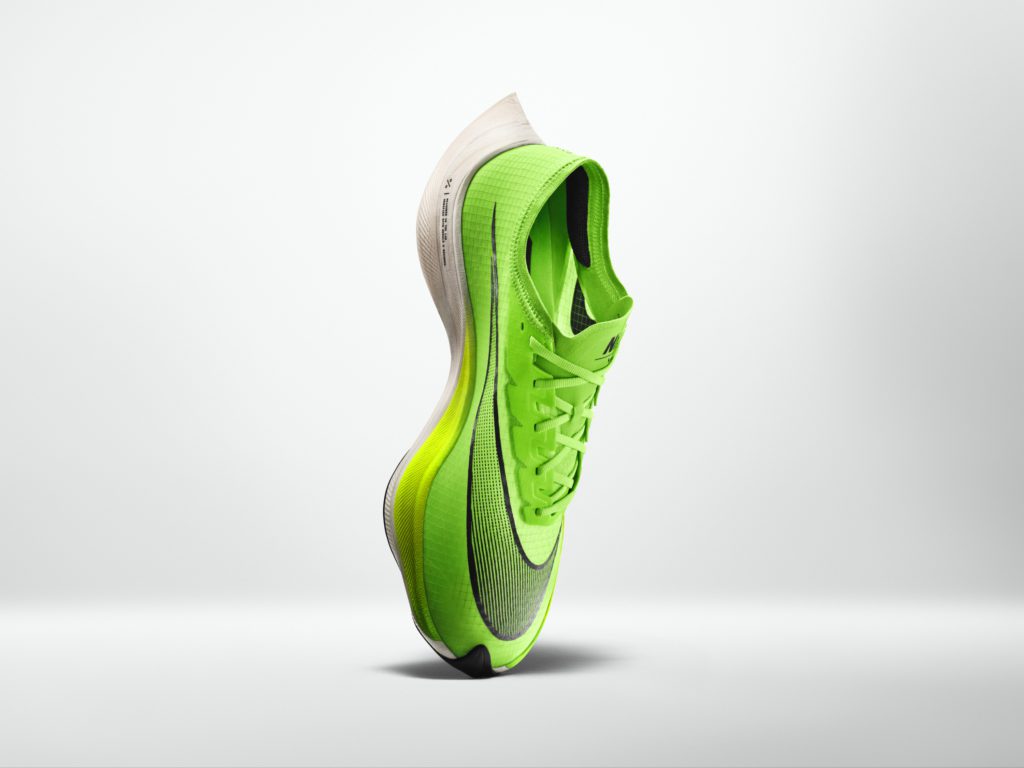What’s the perfect running shoe for a triathlete?
Let us help you figure out what shoe (or shoes) you need to add to your running gear lineup

Whether you’re a seasoned triathlon vet or brand new to the sport this year, it can be tough to know what running shoes are the right ones for you. There are so many options out there, and filtering through them all at the store or online can be an exhausting task, especially if you have no idea where to start looking. That’s where we come in. We can’t give you all the answers, but we can help you get you started on the path to finding your next shoe, which in turn will help you crush it at your next race.

Neutral or stability?
When you run, your feet and ankles naturally roll inward with every step. This is called pronation, and it’s nothing to worry about — everyone pronates. While pronation isn’t a bad thing in itself, it is possible to over- or underpronate, and these can cause problems if you don’t address them. If you overpronate, then you’ll want to get a pair of stability shoes, whereas if you pronate the “right” amount or underpronate (which is known as supination), neutral shoes will be a good fit for you.
Stability shoes offer more support than neutral shoes, specifically around the ankles and arches (overpronators tend to have low arches). This added support will help to correct your stride and prevent or, at the very least, lessen your over-pronation. Neutral shoes, on the other hand, have less support, and they will allow you to maintain your natural form and continue to pronate correctly. As for underpronators, a neutral shoe is recommended, but look for one with decent cushioning, as this will help to absorb the impact with each step and ultimately work to prevent supination.
Related: Buyer’s Guide – Triathlon-friendly running shoes
Not sure if you pronate too much, too little or just right? A surefire way to find out what you do is to get a professional gait analysis. This process involves filming you as you run on a treadmill, and it will show you exactly what shoes you need. This may sound tedious, but it’s well worth it, because using the right shoe goes a long way in preventing injuries.

Maximalist or minimalist?
Next up is the matter of cushioning and how much of it you want in your shoe. Maximalist shoes have grown in popularity in recent years and, despite their appearance with their thick, bulky midsoles, most options on the market today are lightweight and fast. The added cushioning between your feet and the ground will help to protect you (especially your heels and shins) with every step and, although an extra-thick midsole might not seem like much, it can mean the difference between you getting injured or staying healthy and continuing to train. If you tend to get injured easily, maximalist shoes may be the right choice for you.
If you’re one of the lucky runners out there who can hammer out run after run and never feel a thing, then there’s no reason not to go for a minimalistic, low-cushioned shoe. However, as already noted, today’s maximalist shoes are just as light and quick as minimalist shoes, so there’s really no downside to wearing them. There’s no reason to distrust low-cushioned shoes, but, before you invest in a pair, be sure that your body can handle regular training with minimal protection.
Related: A triathlete’s guide to running shoes
Do you need specialty shoes?
We know that you already own a bunch of running shoes and that you don’t want to hear someone telling you to buy another pair, but if you frequently hit the trails for your runs, it’s probably worth it to grab a pair of trail shoes. At this point you might be thinking that your regular running shoes will work just fine on the trails, and that is partially true. Road running shoes do work on the trails, but that’s not the terrain on which they’re designed to be used. Trail shoes, as the name suggests, are made specifically for the muddy, rocky, obstacle-ridden routes you’ll find while off-roading, and they could save you from countless slips and falls.
Trail shoes tend to be made with tougher materials than other shoes, as they will take more of a beating than footwear made for road running. This includes stronger mesh on the upper to avoid tears and a rock plate between the outsole and midsole (to protect your feet from any sharp objects you might step on). On the outsole, you’ll find rubber lugs that improve traction, meaning that whatever the terrain, you’ll be able to stay on your feet. Trail shoes will not only help your performance, but they’ll help keep your feet safe, which is why they’re a seriously important addition to the closet of anyone who hits the trails often.

Racing flats are another type of shoe you’ll want to consider buying. Again, sorry to suggest another purchase, but it really does make sense for triathletes to have a designated set of racing shoes. The great thing about racing flats is that you’ll use them much less frequently than your training shoes, so you won’t have to replace them as often.
What should you look for in a racing flat? Unlike your training shoes, which may be on the heavier side, you’ll probably want a lighter option for race day. As already mentioned, you’ll need to decide on the level of cushioning you want in the shoe. If you’re racing shorter triathlons, you will probably be able to get away with running in low-cushioned shoes. If, however, you’re aiming to race half- or full-distance events, you may want to go for a maximalist option. Your legs will already be pretty tired by the time you make it to the run on race day, and a well-cushioned shoe could spare them just enough to get you across the finish line.
Ultimately, you need to find a shoe that fits you well and that you feel comfortable using. If that means wearing a heavy stability shoe on race day, go for it. It’s better to wear a heavier shoe that you know works for you rather than going with a lightweight option that could lead to you getting injured. That’s the case with any pair of shoes you buy, and it’s a good rule to live by when it comes to running — find something that works for you and stick with it.
This story originally appeared in the March, 2022 issue of Triathlon Magazine Canada
